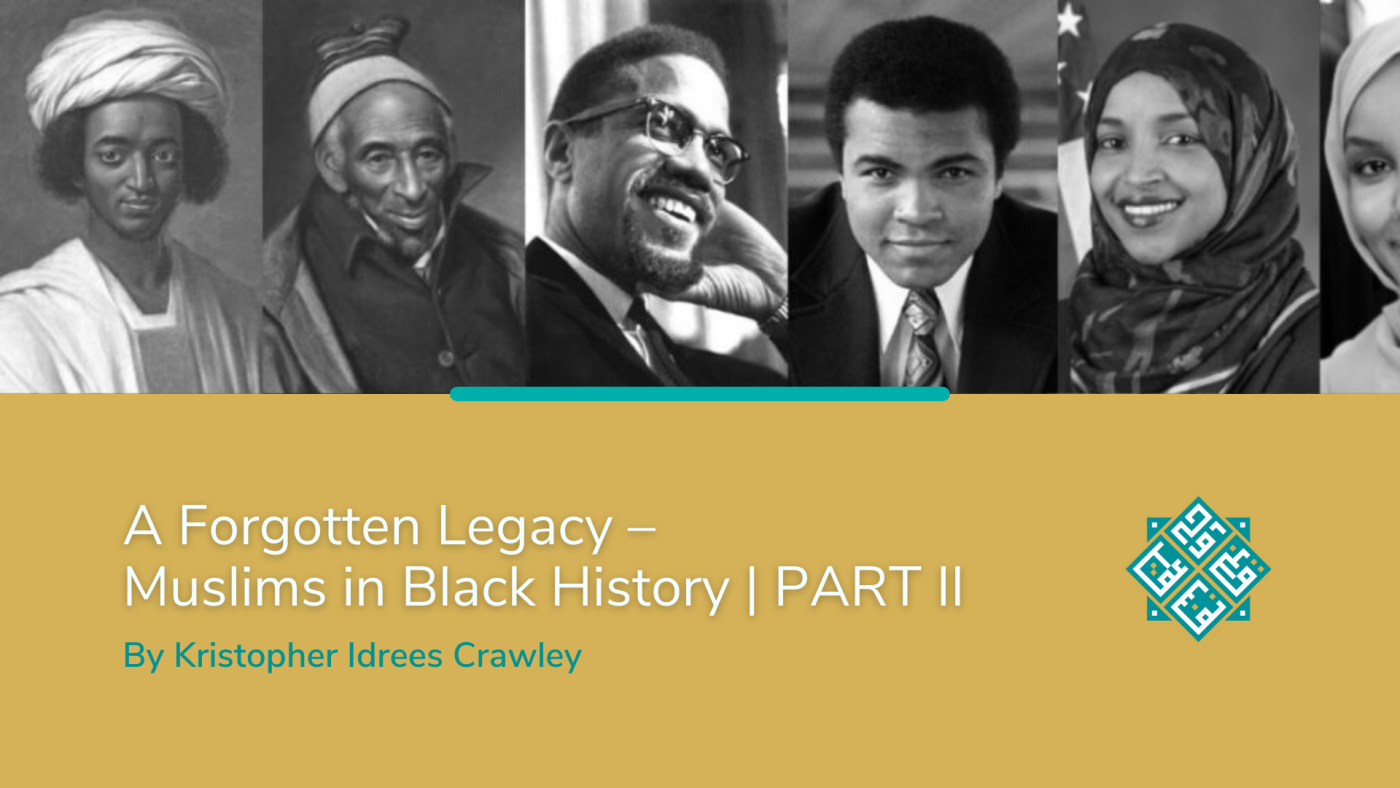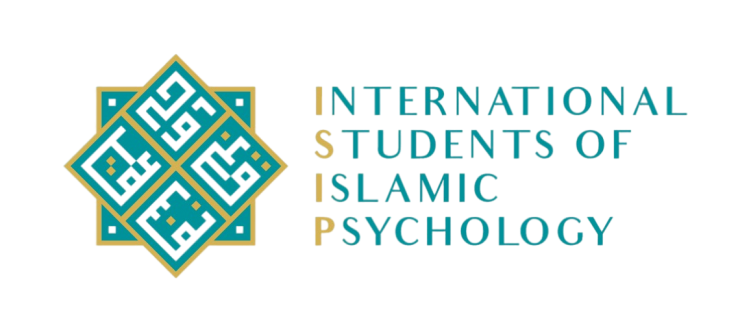
Black Muslims in the 20th Century
In the late 19th and early 20th centuries, African American leaders such as Noble Drew Ali and W. D. Fard founded movements aimed at empowering Black Americans and reconnecting them with their Islamic heritage. The civil rights movement in America had a profound impact on Black Muslims, who saw in the struggle for racial equality a parallel to their own struggles for religious freedom and dignity. The Black Muslim movement emerged as a powerful force in the African American community. The Nation of Islam, led by Elijah Muhammad, became one of the largest Black nationalist organizations in America and was instrumental in advocating for the rights of African Americans. Malcolm X, one of the most influential Black leaders of the 20th century, was a prominent member of the Nation of Islam and his ideas continue to influence the Black community today.
The Moorish Science Temple of America
The Moorish Science Temple of America is a religious and cultural organization that was founded in the United States in the early 20th century. It is a unique blend of Islam, Christianity, and black nationalism, and has been a significant part of African American history for over a century.
The Moorish Science Temple was founded in Newark, New Jersey, in 1913 by Noble Drew Ali, who was born Timothy Drew in North Carolina in 1886. Drew Ali was a traveling salesman and circus performer who claimed to have been sent by Allah to bring a message of salvation to African Americans. He taught that black people in America were descended from Moors, a Muslim Berber people who ruled Spain and North Africa from the 8th to the 15th centuries. According to Drew Ali, these Moors were the true descendants of the ancient Egyptians, and had a special relationship with Allah.
Drew Ali taught that African Americans should reclaim their identity as Moors, and reject the names that had been imposed on them by white slave masters. He encouraged his followers to adopt Moorish names and titles and to reject the “Black”, “Colored”, and “Negro” labels. Drew Ali’s message of pride in African heritage and spiritual uplift resonated with many African Americans, who were still grappling with the aftermath of slavery and segregation. The Moorish Science Temple quickly grew in popularity, with branches opening in cities across the country. At its height in the late 1920s, it was estimated that the organization had as many as 35,000 members, 17 temples across the Midwest, and was one of the largest and most influential black nationalist organizations of its time.
Another key belief of the Moorish Science Temple is that all people, regardless of race or religion, are equal in the eyes of Allah. Drew Ali taught that Islam was the original religion of the black race, and that all other religions were corruptions of the truth. He believed that the Prophet Mohammed (peace be upon him) was a black man and that Islam was a universal religion that was meant for all people, not just Arabs.
Despite its religious teachings, the Moorish Science Temple was not just a religious organization. It was also a political and social movement that aimed to improve the lives of African Americans and to promote black nationalism. Members of the temple were active in civil rights activism, and the organization was involved in a number of important social and political causes, such as voting rights, education, and employment opportunities for African Americans.
One of the most notable contributions of the Moorish Science Temple was its emphasis on black self-reliance and economic empowerment. Drew Ali encouraged his followers to start their own businesses and to build a self-sufficient black community that was not dependent on white-owned institutions. He also taught that the key to black progress was education and that African Americans needed to study science, engineering, and other subjects in order to build a better future for themselves and their children.
The Moorish Science Temple faced a number of challenges in the years after Drew Ali’s death in 1929. The organization was riven by internal disputes and political infighting, and it struggled to maintain its momentum and unity in the face of these challenges. Some members left the organization and formed their own splinter groups, while others became disillusioned and dropped out.
The Nation of Islam
One challenge faced by Black Muslims in the 20th century was the rise of the Nation of Islam (NOI), a Black separatist movement that was both controversial and influential. The NOI was founded in the 1930s by Wallace Fard Muhammad, and it combined elements of Islam with Black nationalism and conspiracy theories. While many Black Muslims rejected the NOI’s beliefs, it attracted a large following and helped to create a sense of community and solidarity among Black Muslims.
The Nation of Islam gained significant popularity in the mid-20th century, particularly among African Americans in inner cities. One of its most famous leaders was Elijah Muhammad, who led the movement from the 1930s until his death in 1975. Muhammad continued to teach the beliefs of the Nation of Islam and built a network of mosques, schools, and businesses throughout the United States.
The movement’s focus on black self-sufficiency and empowerment resonated with many African Americans, who saw it as a way to escape the poverty and oppression that they faced in American society. The Nation of Islam also became known for its advocacy for black rights and for its opposition to white supremacy and racism.
One of the most famous members of the Nation of Islam was Malcolm X, who joined the movement in the 1950s and rose to prominence as a charismatic speaker and leader. Malcolm X was a fierce critic of American society and the American government of the time, and he advocated for the rights of black people both in the United States and abroad.
Another major challenge faced by Black Muslims in the 20th century and beyond is discrimination within the larger Muslim community. Despite the fact that Islam teaches equality and that all races and ethnicities are equal in the eyes of Allah, many non-Black Muslims looked down upon their Black counterparts. This discrimination was and is often based on racist beliefs and was compounded by the larger systemic racism present in American society.
Despite these challenges, Black Muslims continued to practice their faith and make important contributions to American society. They established mosques, Islamic schools, and community organizations, and they worked to promote Islamic education and cultural understanding. Black Muslims also became involved in the Civil Rights Movement, using their faith as a source of inspiration and strength in their fight for justice and equality.
Black Muslims Today
American Muslims are one of the most racially diverse religious groups in the U.S. with no majority race. Black people make up a significant portion of the Muslim community in the United States. According to recent estimates by the World Population Review, the racial makeup of Muslims in the U.S. is split as 25% black, 24% white, 18% Asian, 18% Arab, 7% mixed race, and 5% Hispanic.
Despite their contributions, the experiences and struggles of Muslims within the black community are often overlooked in discussions of black history. This is in part due to the broader American society’s lack of understanding of Islam and its place in the black community, but also to the tendency of the larger black community to marginalize the experiences of black Muslims. This marginalization takes many forms, including the exclusion of black Muslim leaders and organizations from discussions of the Civil Rights Movement and the portrayal of black Muslims as less authentic than their Christian counterparts.
The erasure of black Muslims from history is not only a disservice to their community, but also to the broader black community and to the country as a whole. The contributions of black Muslims to the black struggle for freedom and equality are an important part of the larger story of black America, and their experiences provide important insights into the intersections of race, religion, and identity.
The marginalization of black Muslims in black history is a complex issue that has been shaped by a range of historical and cultural factors. However, by acknowledging their contributions and experiences, we can help to create a more comprehensive and inclusive understanding of black history in the United States. It is crucial that the experiences of black Muslims are recognized and incorporated into the telling of black history. This recognition is not only a matter of historical accuracy, but also of justice and respect for a community that has made significant contributions to American society. Only by including the experiences of all members of the black community can we truly understand and appreciate the full scope of the black struggle for equality, and the diversity of religious beliefs and practices within the African American community.
Additional Resources
A Muslim American Slave: The Life of Omar Ibn Said,
By Omar Ibn Said, NLS Bard
Black Crescent: The Experience and Legacy of African Muslims in the Americas,
By Michael A. Gomez, NLS Bard
Islam and the Black American: Looking Toward the Third Resurrection
By Sherman A. Jackson
Muslims in American History,
By Jerald F. Dirks, Book Share.
Prince Among Slaves: The True Story of an African Prince Sold into Slavery in the American South,
By Terry Alford
Servants of Allah: African Muslims Enslaved in the Americas,
By Sylviane A. Diouf, Book Share.

Jazak Allah kheire! An important historic perspective to link with contemporary truthful account about African/ Black communities.